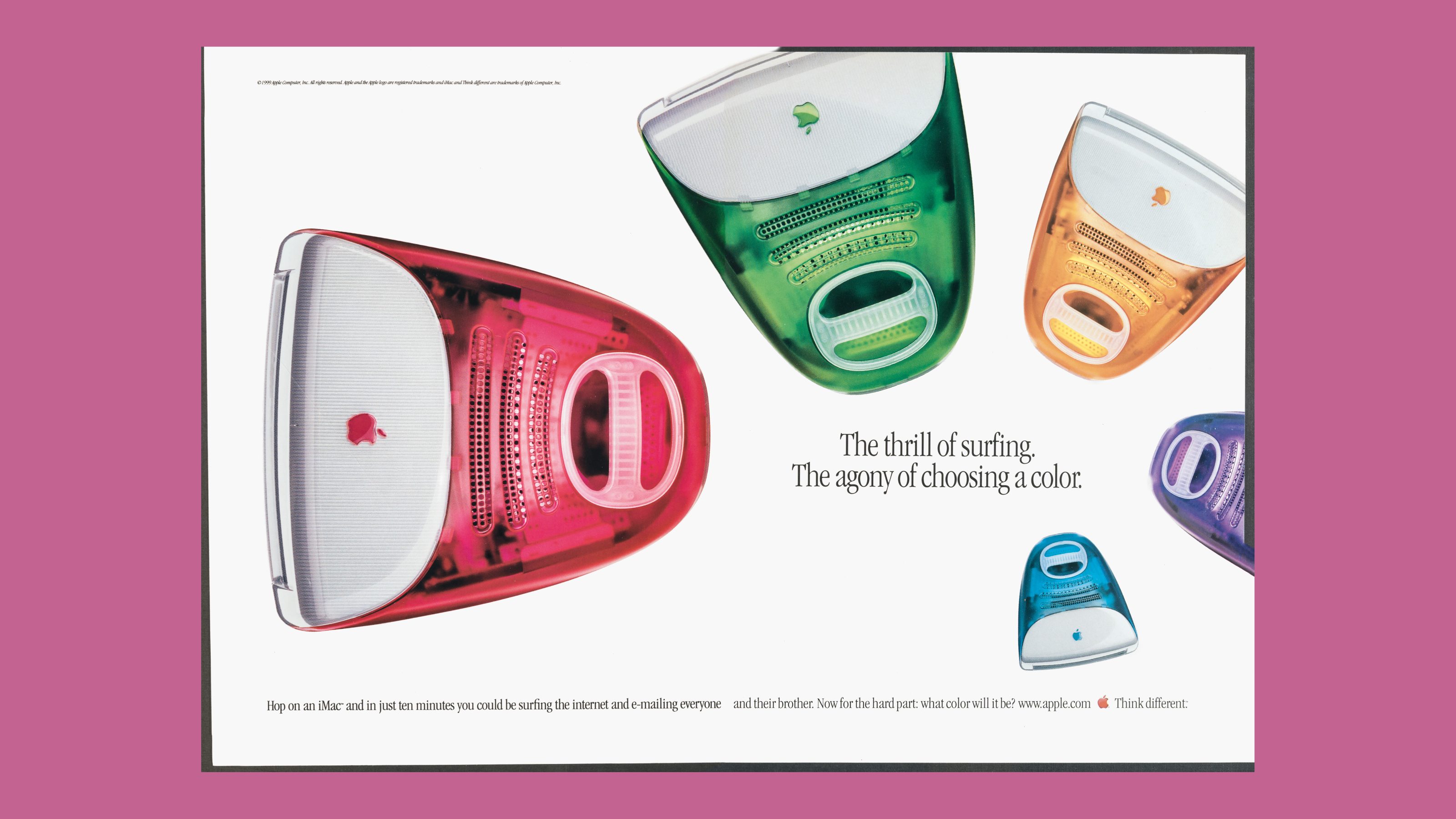
Taschen delves into the rich visual history of the computer with this new XL-scale book, edited by graphic designers and historians Jens Müller and Julius Wiedemann. Casting its net back into the pre-digital age, The Computer explores the mechanical precursors to the modern age, from the calculating machines of Babbage and Lovelace to even earlier counting and computing devices.
Taschen’s The Computer: a monumental new book
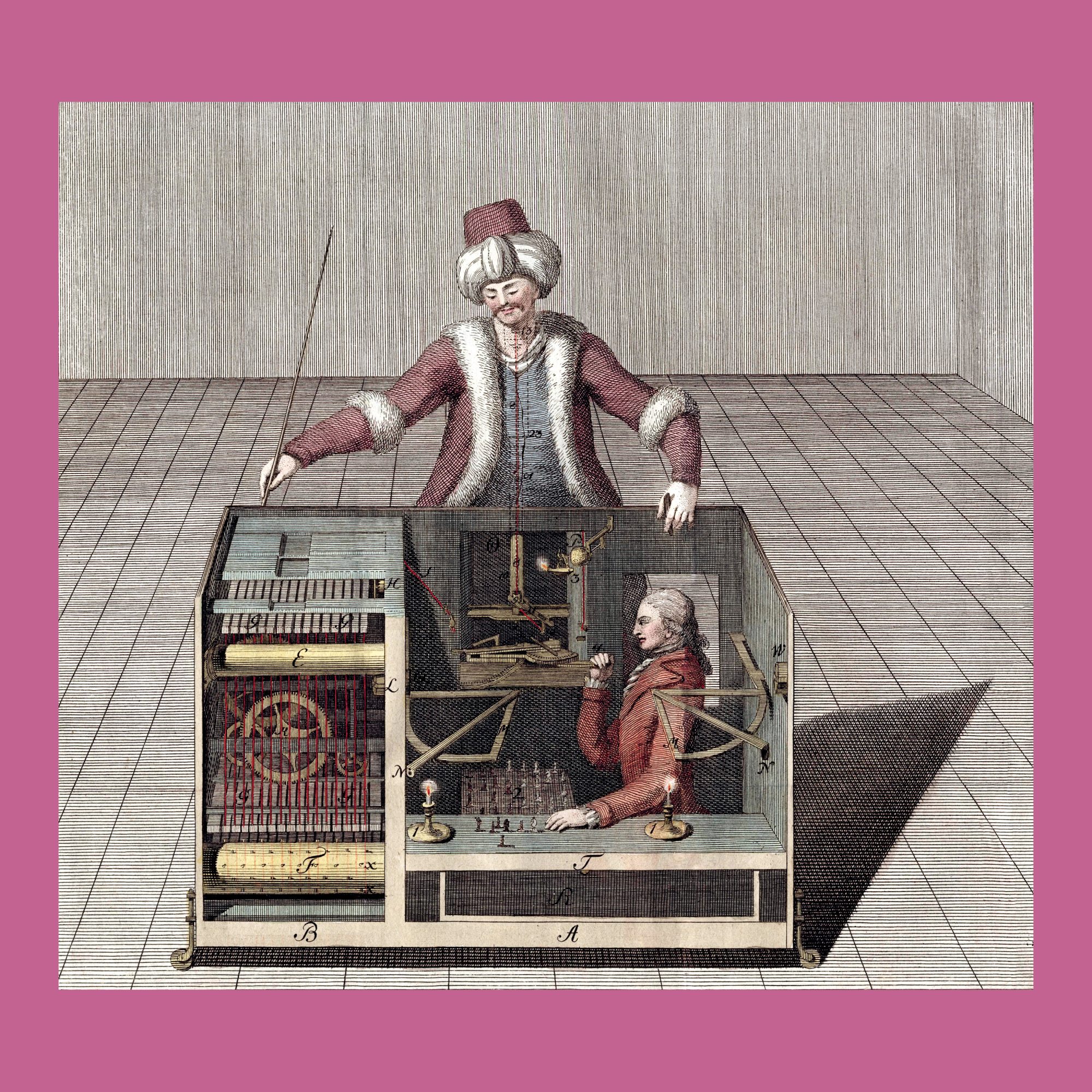
Where this book shines is in its presentation of archive images and vivid modern photography of some of the literal colossi of early computer design, in all their room-filling, reel-to-reel button-festooned glory. These sumptuous spreads are paired with intriguing illustrated sidetracks into the advertising, media coverage, science fiction visions and speculative research of each era.
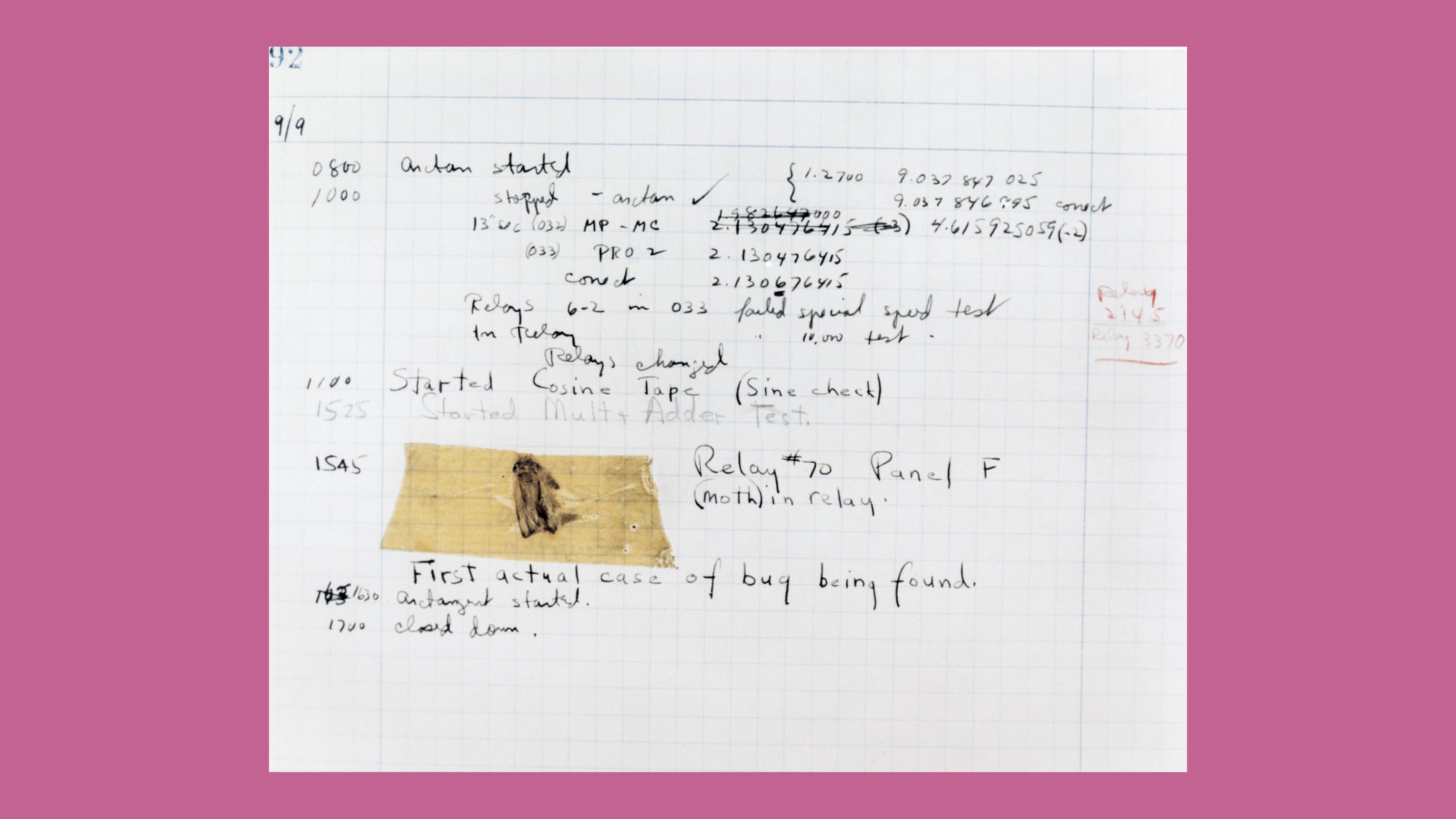
Backing all this up is an ongoing glossary of the language of computing, alongside profiles of the pioneering men and women – and major corporate players – that shaped this multi-billion dollar industry that is increasingly at the beating heart of every aspect of society.
It’s a titanic piece of work, presented in Taschen’s trademark trilingual style, and the threads of our silicon-driven social anxiety are also fully represented, as newspapers and magazines laid bare concerns about automation, robotisation, and, from a surprisingly long time ago, the impact of artificial intelligence.
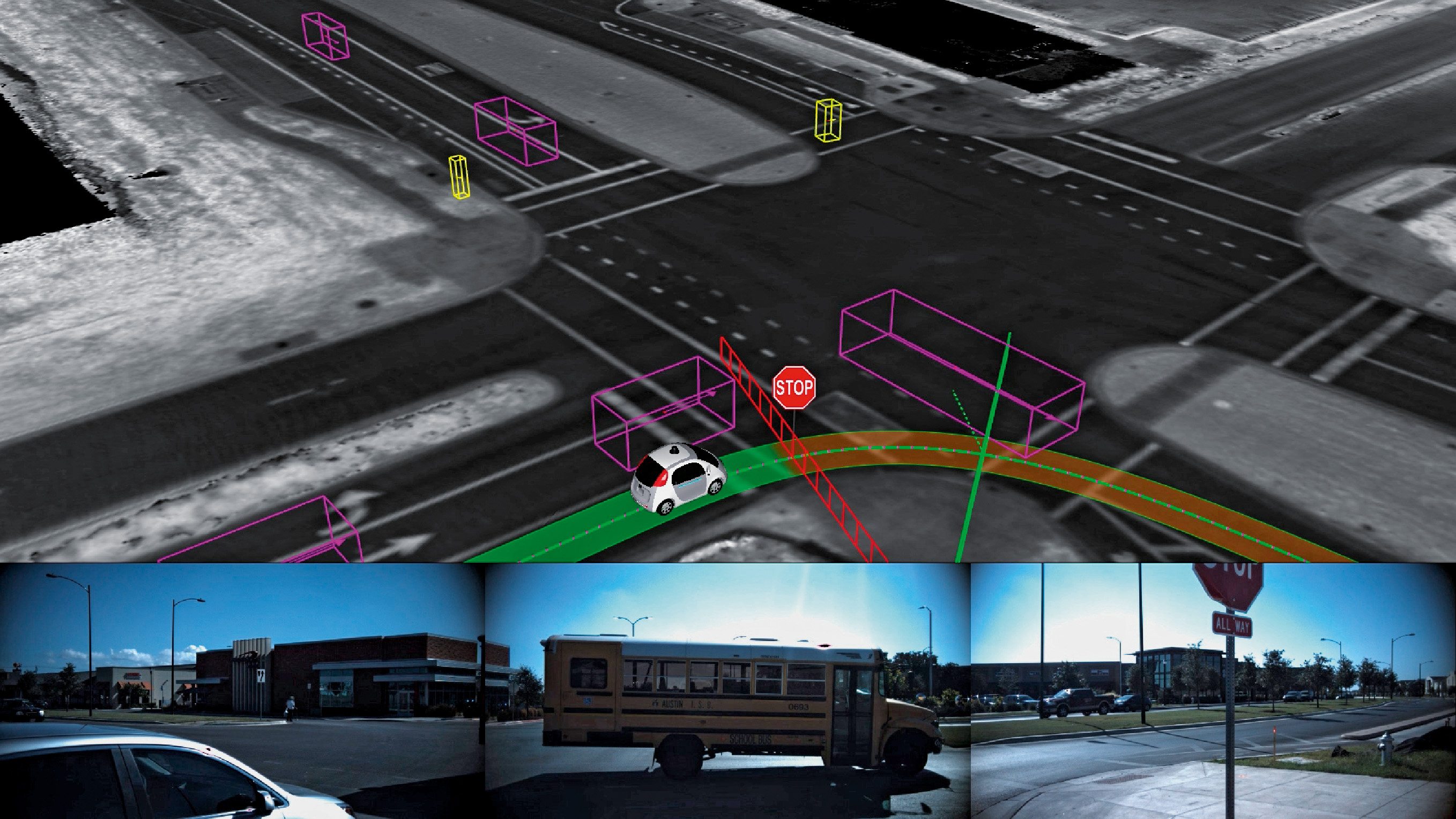
This is a book about hardware and software, silicon and society. As circuit boards shrank and the PC age dawned, communications and entertainment brought computers into every home and, eventually, pocket. The retro vibes get stronger and stronger as the book takes us through the ever-evolving form of the personal computer, its ever-improving graphical capabilities and its tentacular creep into every facet of our daily lives.
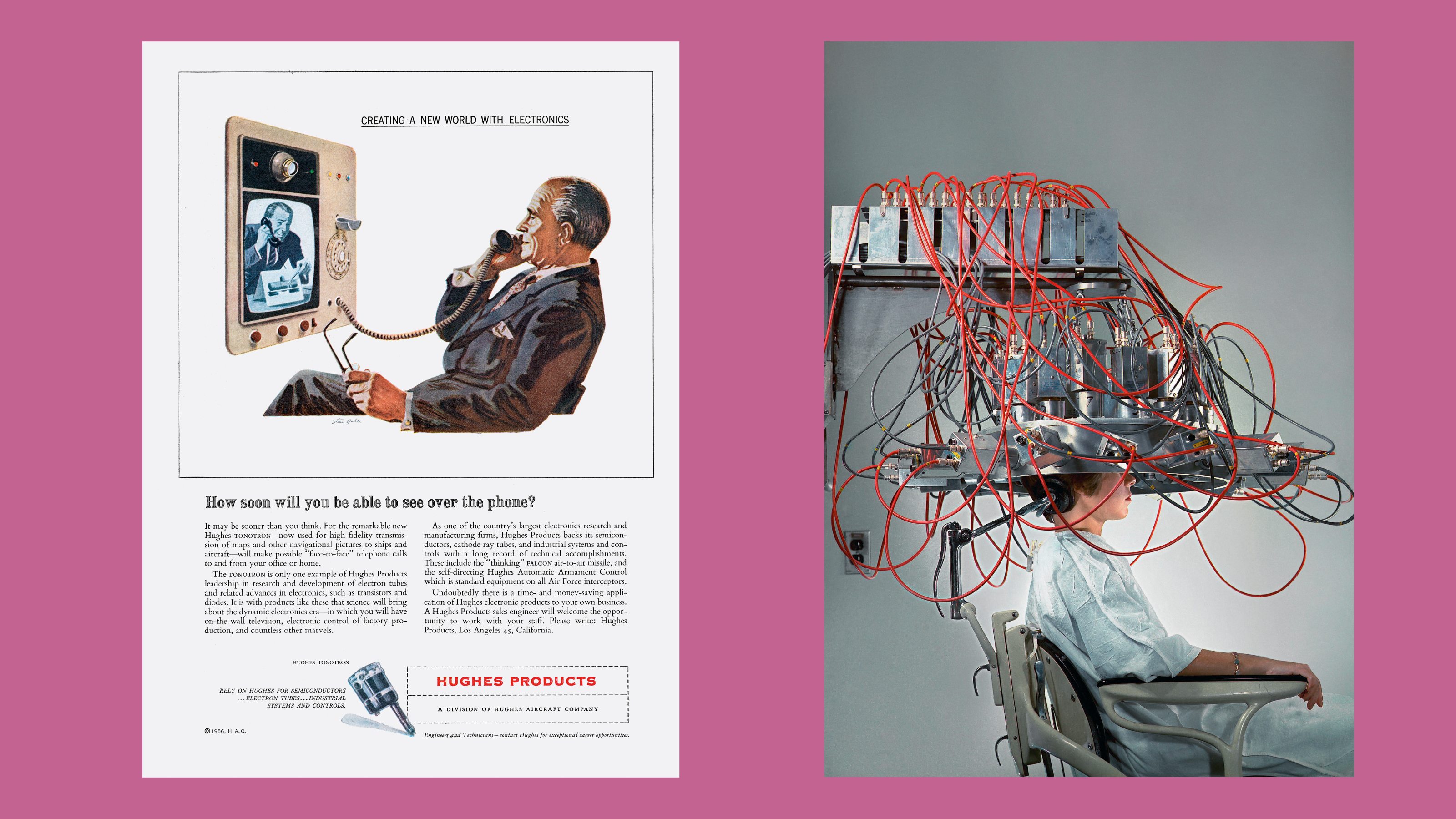
The arrival of the internet, Wifi, industrial robotics, gaming consoles, mobile phones, drones, robots, online porn, Apple, Google, the Smart Home, social media, Wikipedia and the inexorable rise and problematic prominence of dotcom billionaires leads to a final chapter. This is what the editors call the ‘All-Digital Age’, where we live in a cloud and computation handles a billion unseen processes to help our lives run the way they do.
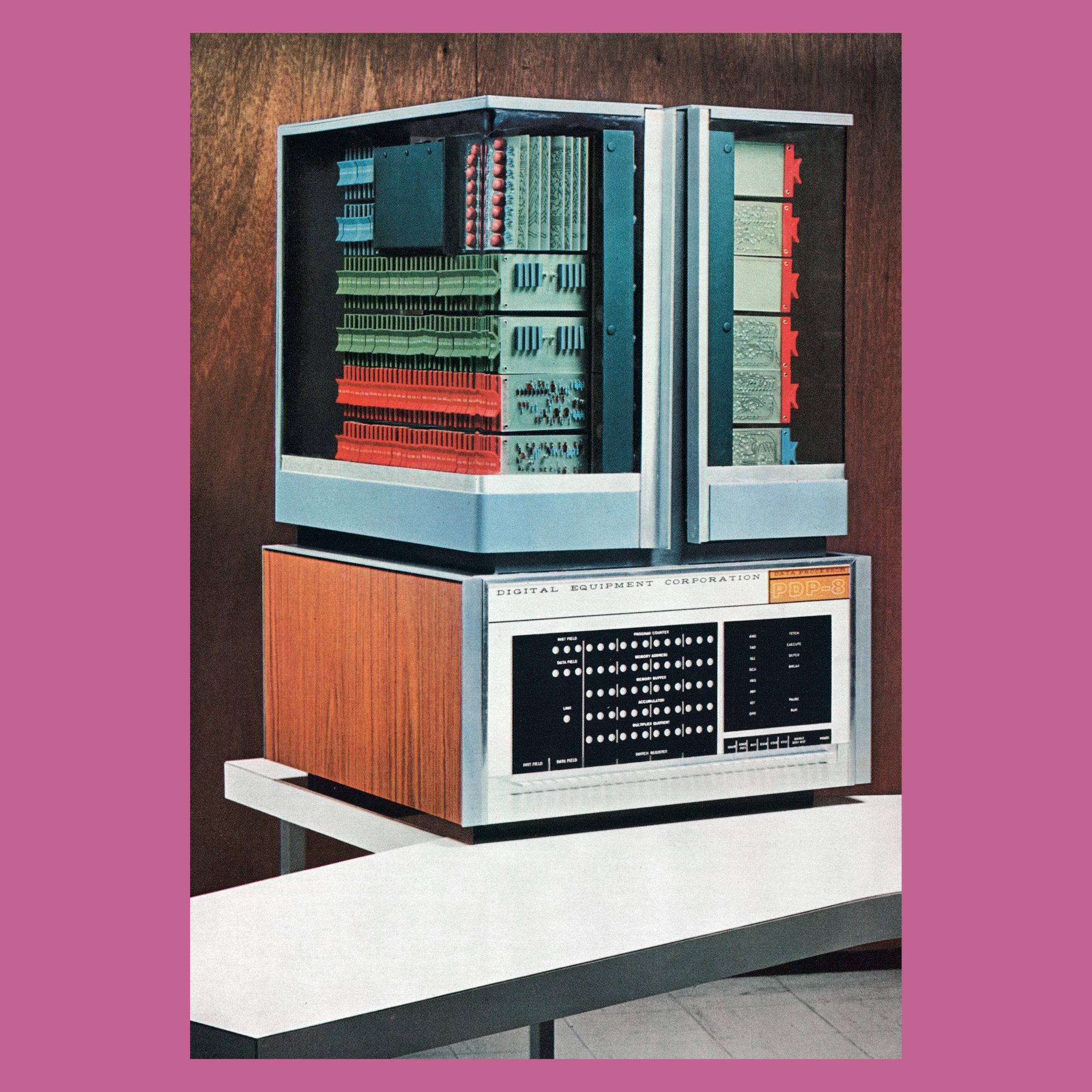
The final entry is on quantum computing, the devices that will liberate computers from their current binary existence and open up new worlds. Based on the 450-plus pages that precede it, our collective minds will inevitably deploy this vastly more powerful technology to conjure up things we can’t currently imagine, for better and for worse.
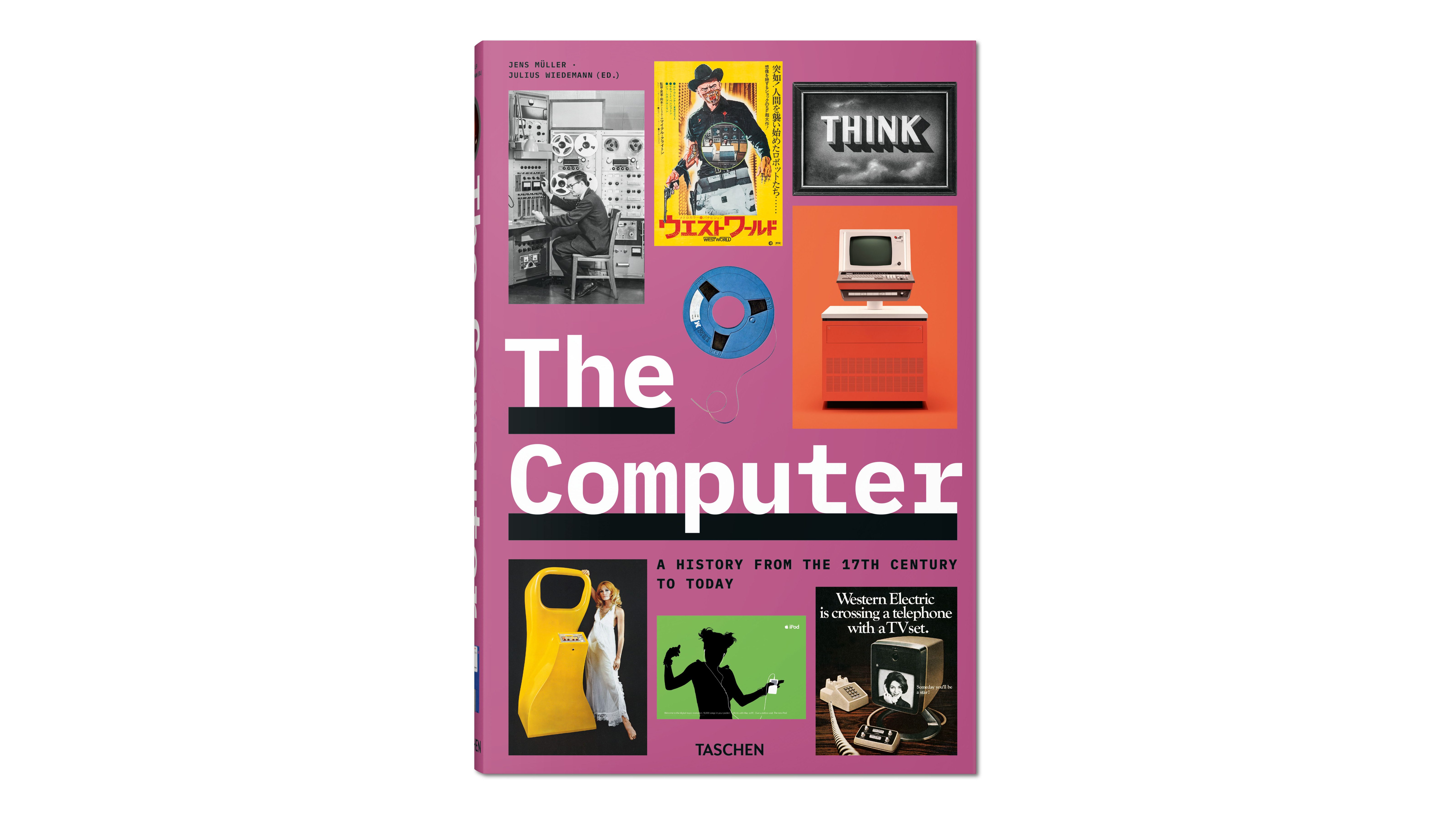
The Computer: A history from the 17th Century to Today, edited by Jens Müller and Julius Wiedemann, £60, Taschen, Taschen.com







